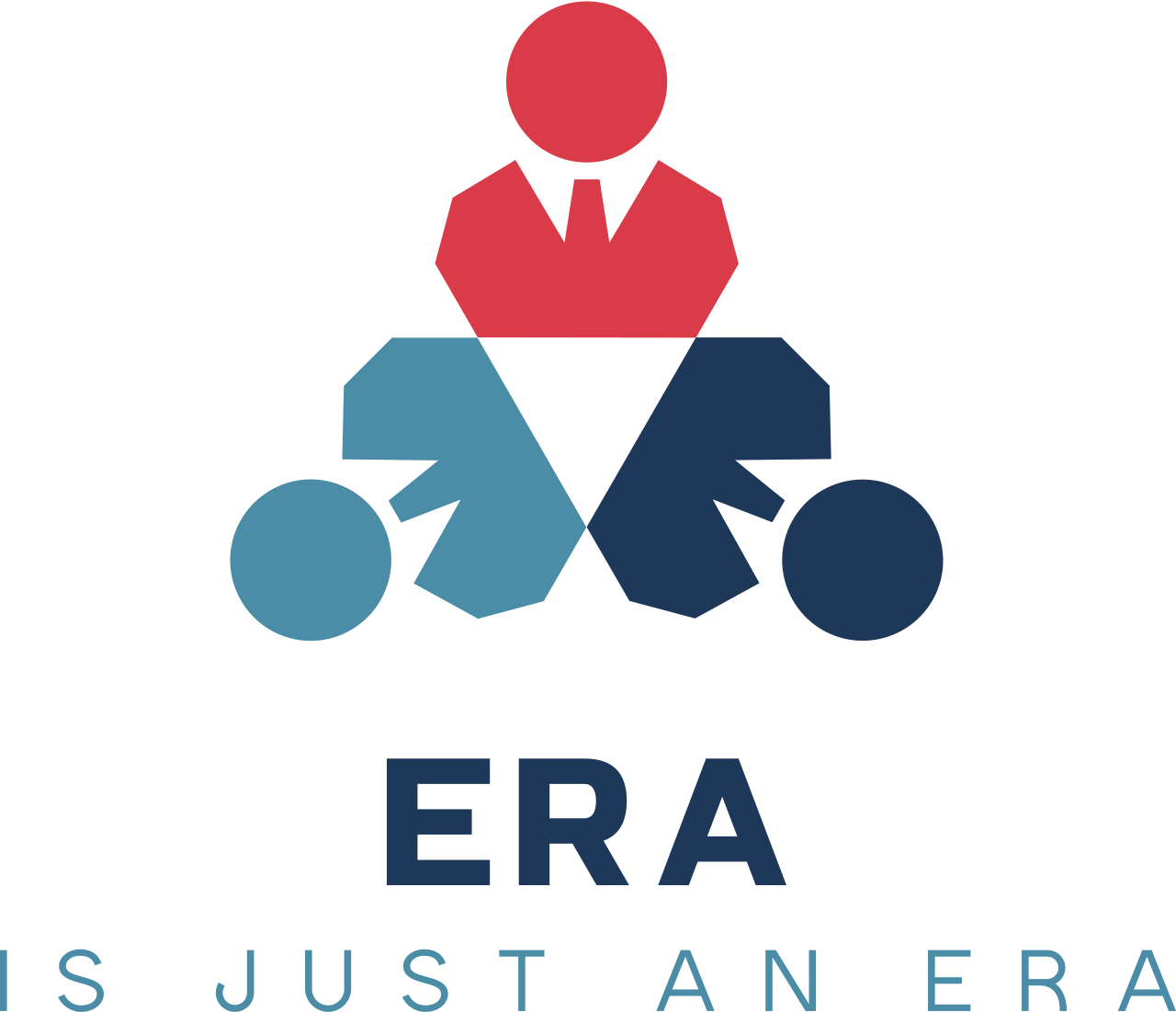Innovating the Future of Work: Uniting Remote, AI, and Hybrid Strategi
How does the shift from traditional hierarchical structures to more collaborative, flat organizational models, enhanced by AI-driven communication tools, impact innovation and employee empowerment?
In today’s rapidly evolving workplace, innovation is the catalyst that is reshaping traditional structures and driving unprecedented transformations in how, when, and where work gets done. The convergence of remote work, artificial intelligence, and hybrid operational models is rapidly redefining organizational dynamics, leading to enhanced flexibility, productivity, and employee well-being.A departure from conventional office-based arrangements, remote work has progressively embodied flexibility and mobility, driven by significant advances in communication and information technologies. Early experiments in telecommuting have matured into a robust, technology-enabled work paradigm that not only boosts job satisfaction but also supports a sustainable, eco-friendly model by reducing daily commuting and optimizing resource allocation. Yet, this model is not without challenges, including the risks of social isolation and managerial overreach. These challenges are being met head-on with innovative support systems, digital communication platforms, and empowered leadership practices designed to foster greater trust and engagement among teams.Artificial intelligence stands at the forefront of these innovations, acting as a transformative enabler in remote work environments. Intelligent systems, such as AI-powered digital assistants, are now integral in streamlining tasks, facilitating clear communication, and even assisting in conflict resolution within diverse, virtual teams. Moreover, the integration of AI in project management has unlocked new levels of efficiency and product innovation, using machine learning and natural language processing to optimize workflows and resource allocation while minimizing risks.The emergence of hybrid methodologies has further bridged the gap between traditional and agile work processes. By combining the structured rigor of established models with the dynamic adaptability of agile practices, organizations can maintain control over long-term projects while swiftly responding to market changes. This synthesis not only increases operational agility but also instills a culture of continuous learning and innovation. Leaders are increasingly focused on designing optimal team structures and nurturing dynamic collaborations that align specialized skills with broader strategic goals.Finally, the focus on digital leadership and knowledge sharing in virtual environments remains crucial. Modern leadership now integrates advanced technological competencies, fostering a culture where AI literacy and digital collaboration are essential. This not only improves work processes but also supports a more empowered and engaged workforce, driving the overall success of the digital workplace.In summary, the interplay between remote work innovations, AI integration, and hybrid processes is forging a new path forward for workplace efficiency and employee well-being, ultimately reshaping the future of work with ingenuity and resilience.
